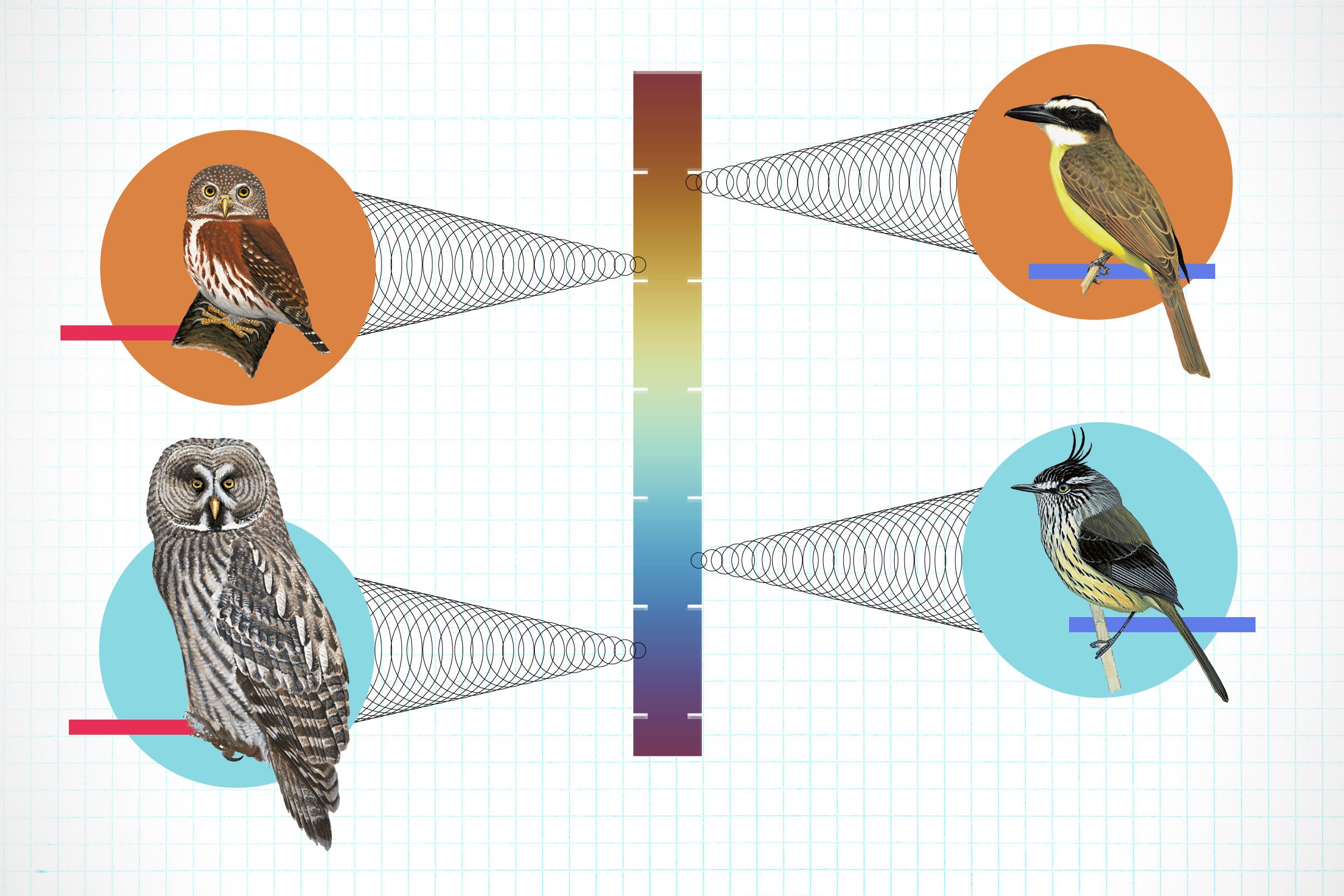News: Research
Genes That ‘Don’t Play Well Together’ Drive Development of Distinct Species
Justin Havird, Erik Iverson and their colleagues have identified genes involved in hybrid incompatibility in swordtail fishes.
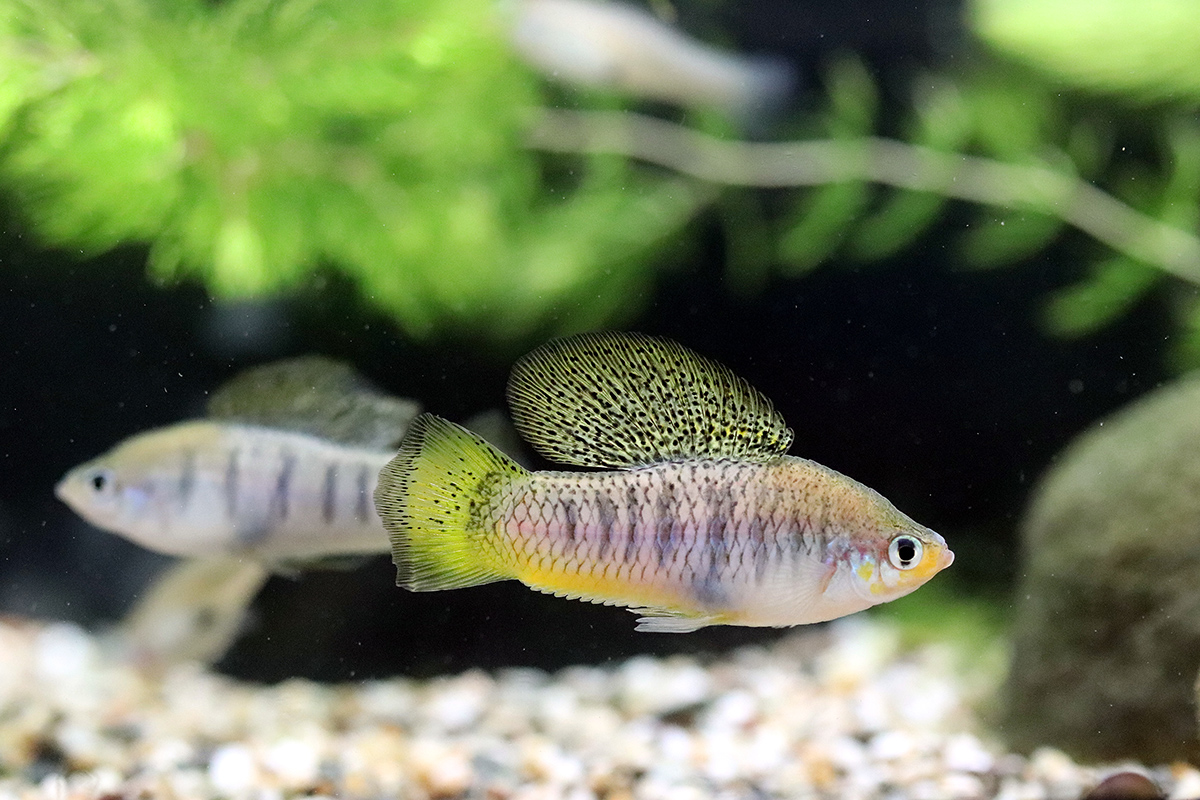
Natural Labs: UT Field Stations Help Predict Drought Impact
UT scientists study how droughts affect local ecosystems at the Brackenridge Field Laboratory and the Stengl Lost Pines Biological Station.
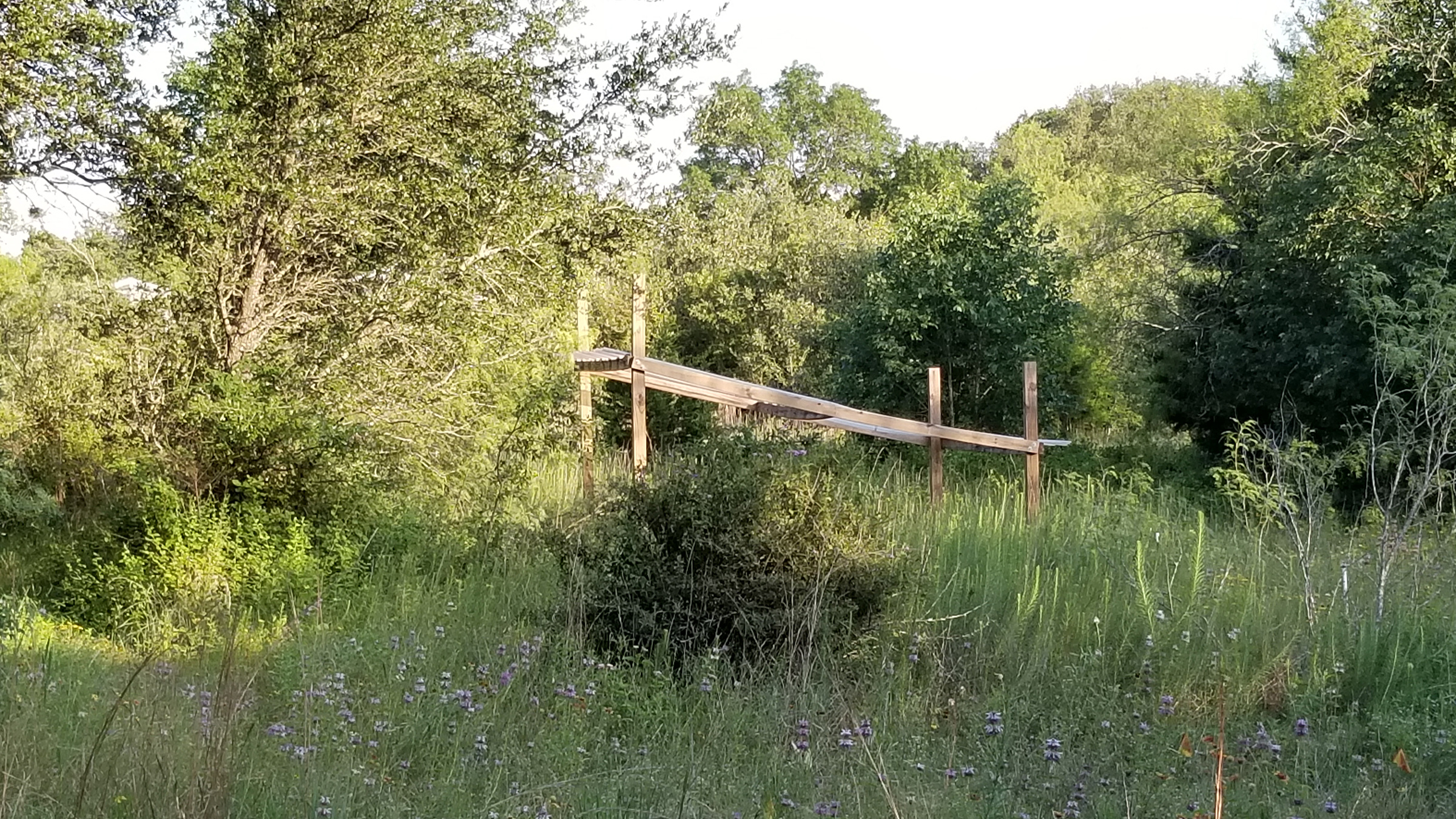
Tracking the Impacts of Climate Change on Food Webs in the Arctic
New research provides the latest evidence that climate change is having an impact on food webs in high-latitude ecosystems.
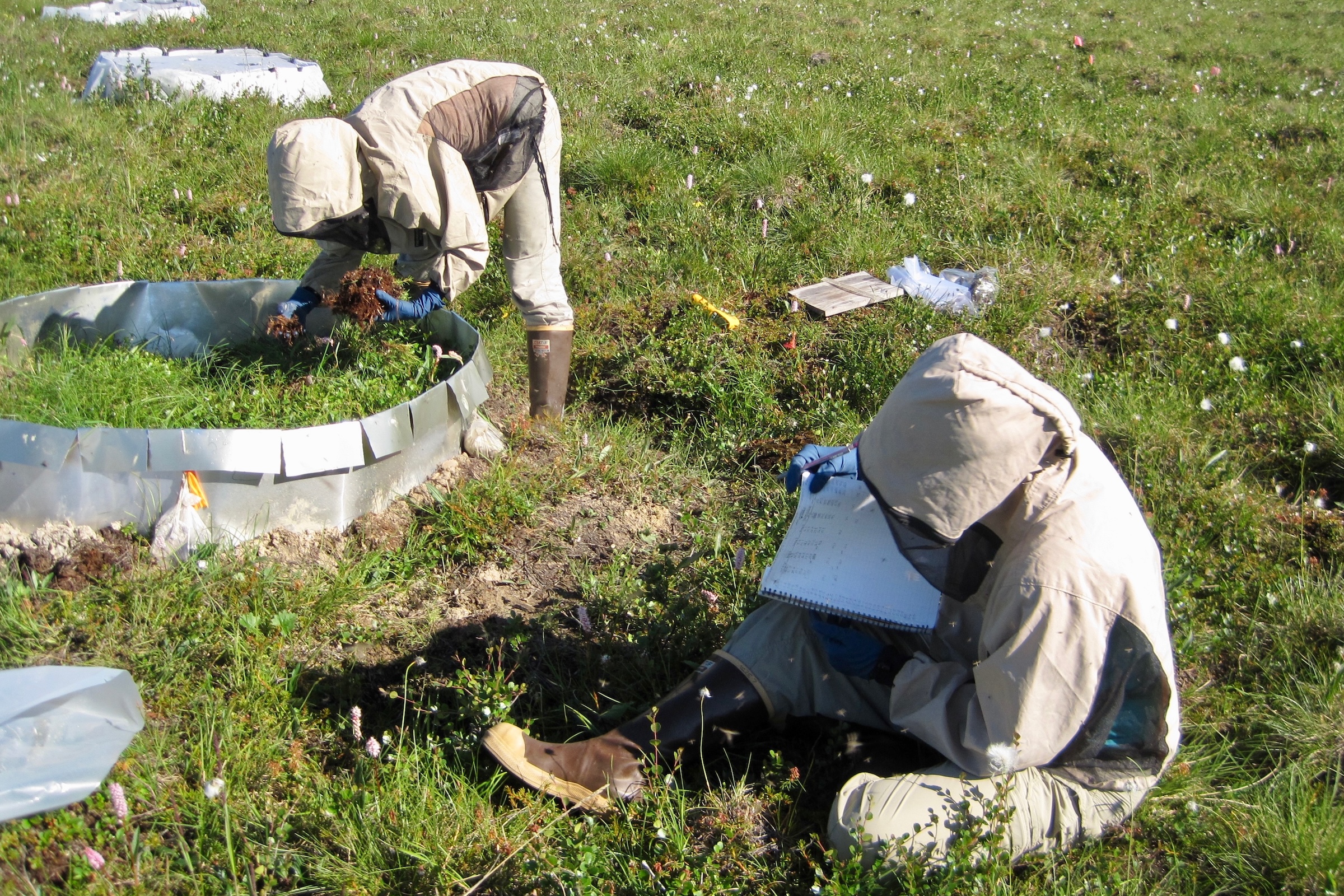
AI Tech Accurately Diagnoses Knee Arthritis from Medical Images
Vagheesh Narasimhan and Prakash Jayakumar trained an AI on x-ray images from tens of thousands of people in the UK Biobank.
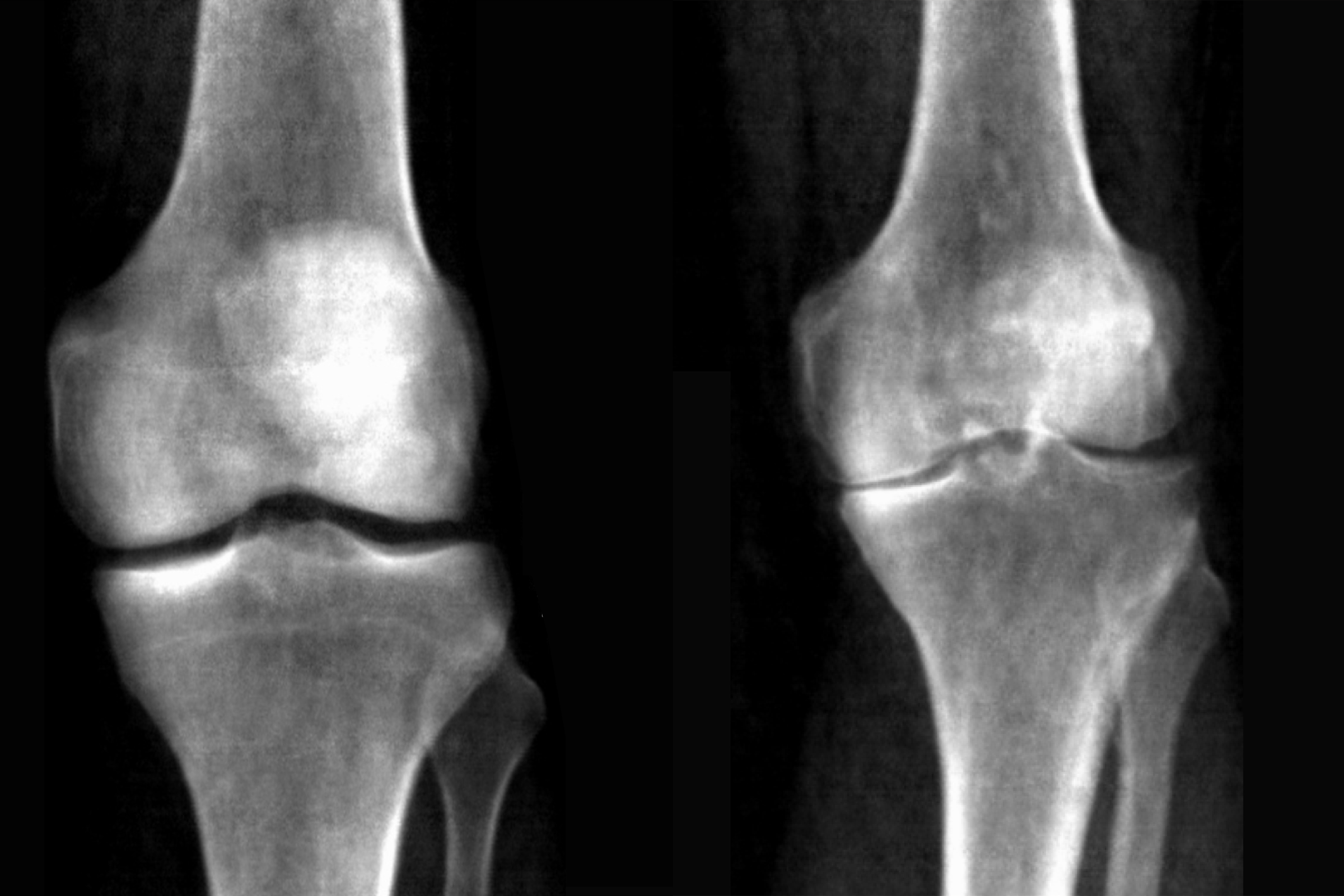
Five Lessons from UT Austin Science about Planning for Living with Heat
In our endless summer, research on heat impacts offers insights on how best to adapt.

Female Butterflies See UV Light Thanks to a Gene Hiding in an Unusual Place
In some species, female and male butterflies apparently perceive colors differently.
Tropical Trees Use Social Distancing to Maintain Biodiversity
Researchers discovered that adult trees in a Panamanian forest are three times as distant from trees of their species as would be predicted.
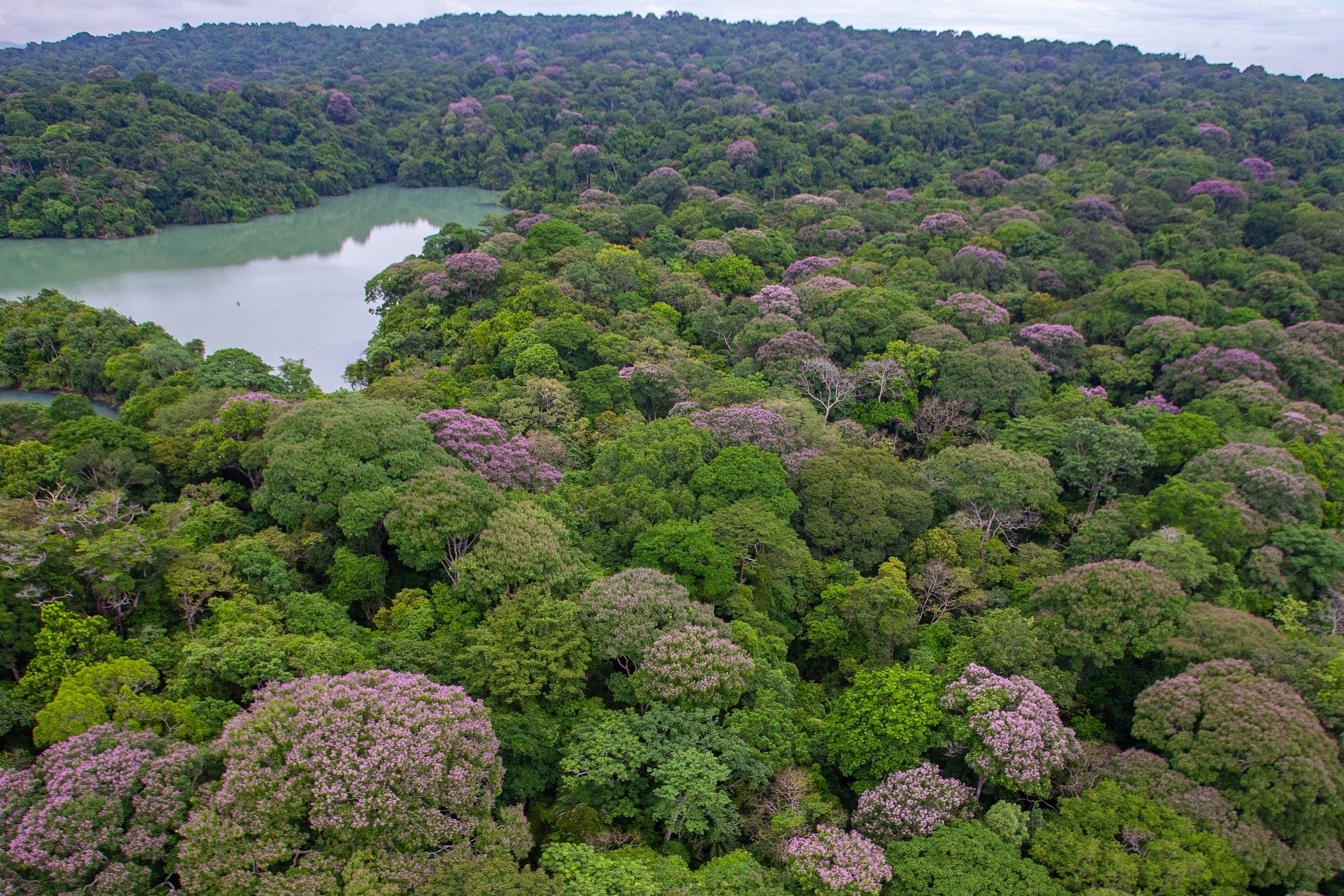
Some Frogs Use Toxins to Deter Predators, but Evolution Doesn’t Supply Free Lunch
Poison frogs are able to withstand a toxin which they use to deter predators, but not without a cost.
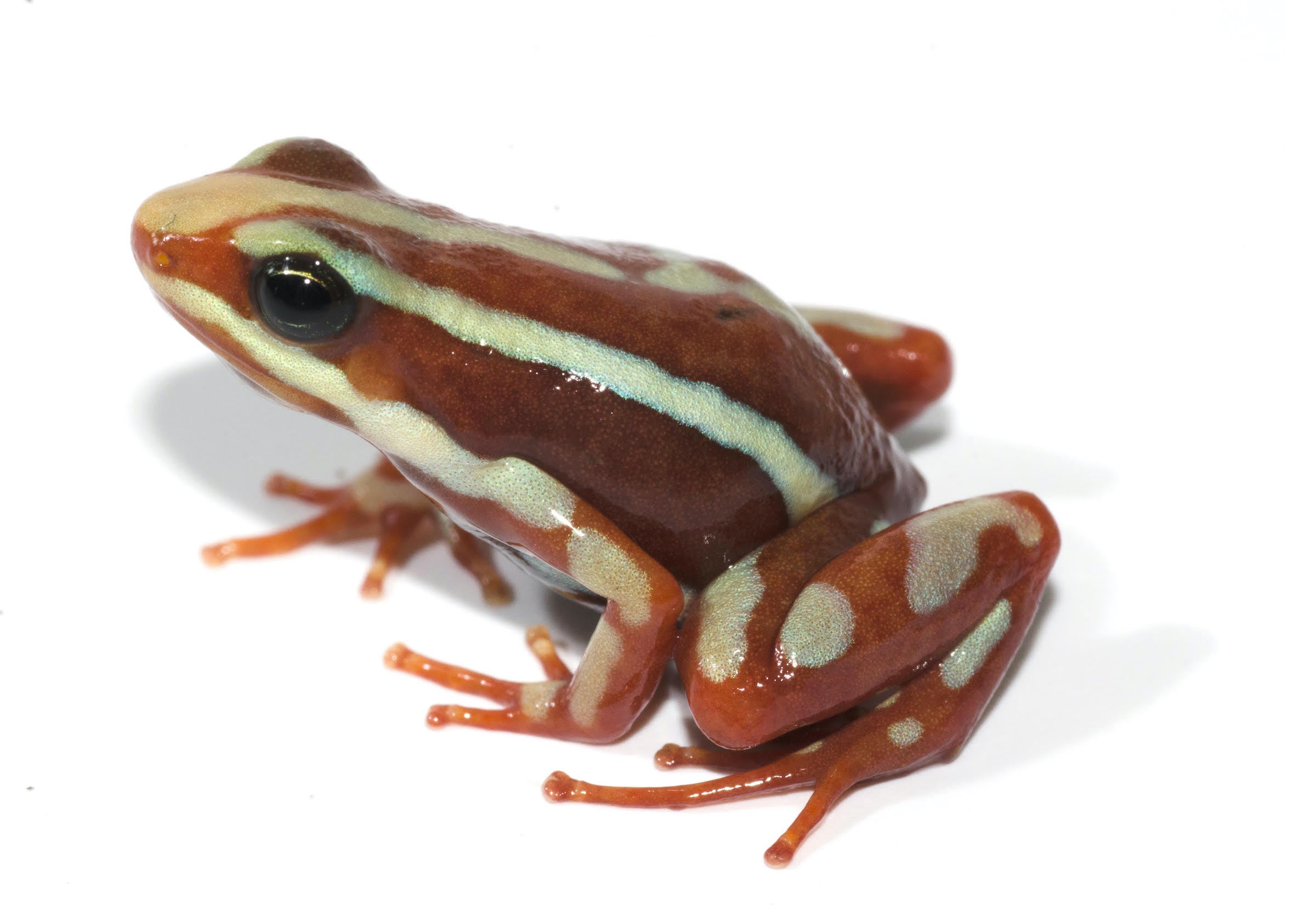
Genes That Shape Bones Identified, Offering Clues About Our Past and Future
An application of AI to medical imaging datasets has revealed genetics of the skeletal form for the first time.

Relationships Between Temperature and Animals’ Sizes Has Been Clarified
The new research offers important insights about how animals, particularly birds, may adapt to the rapid rise in temperatures driven by global climate change
